The tourism and leisure block of Raozhou Ancient Town is created by Shangrao Hucheng Cultural and Tourism Group, a pioneer enterprise in China's cultural and tourism creative industry. The block is located in Poyang County, the birthplace of ancient Raozhou culture, and is situated at the core of the northern urban planning cluster. To the west lies Poyang Lake, the largest freshwater lake in China, to the north overlooks Poyang Lake National Wetland Park and the Ming Huai Wang Mansion site, and to the south is the central urban area of Poyang County.
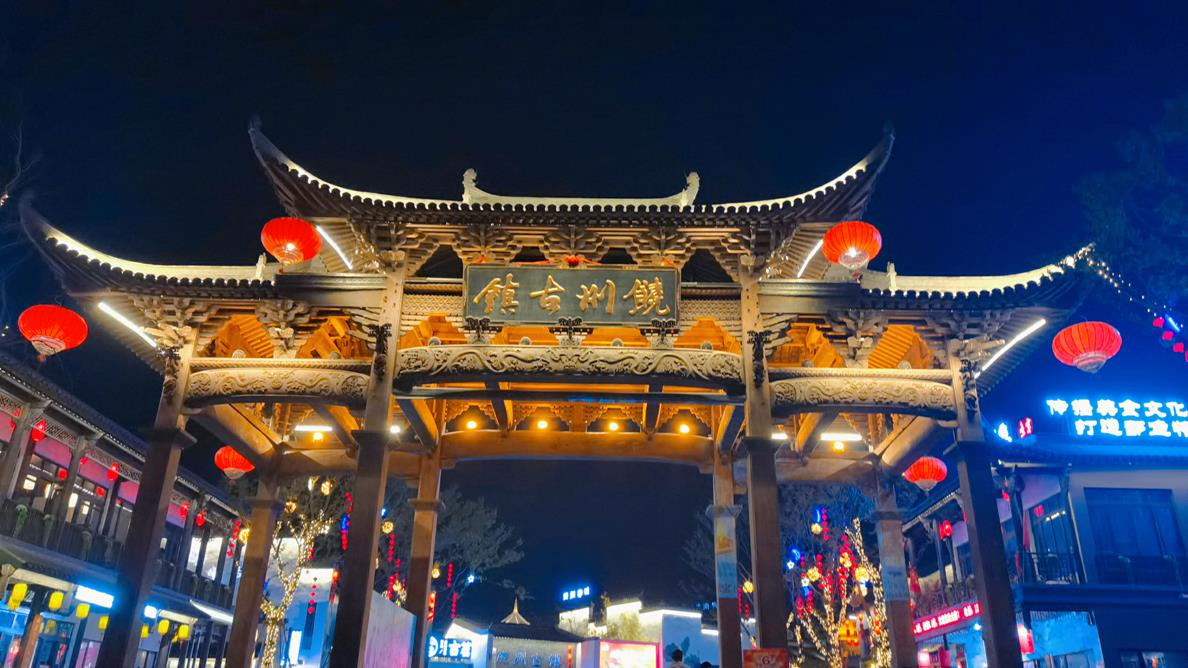
The total area of the block is about 110000 square meters, and the total length of the main street is 1800 meters. The total planned investment exceeds 1.6 billion yuan and will be constructed in two phases, consisting of three major sectors. The first phase of Raozhou Ancient Town covers a total area of nearly 60000 square meters, with a main street length of about 800 meters. Since its opening, it has received over 20 million visitors from 2021 to 2024.
Phase II Xijiang Garden · Huai Wang Eight Scenic Spots, reshaping the Ming Dynasty royal garden "Huai Wang Eight Scenic Spots", supplemented by a global large-scale immersive garden experience show. Phase II Yuelu Resort Hotel, investing heavily to build Poyang's first garden style resort hotel. All of them will open in the summer of 2023, and since the hotel's opening, customers have gathered., Once became the signature welcoming hotel of Poyang County.
The ancient town of Raozhou is based on the essence of Ganpo culture, restoring the historical style of Raozhou neighborhoods and combining it with the history of Poyang to replicate the urban pattern of streets and alleys in the Ming and Qing dynasties. We strive for excellence in planning layout, atmosphere creation, and business format planning, deeply restoring the historical style of the Raozhou neighborhood, and creating cultural landscapes such as the Huai Wang Culture Exhibition Hall and characteristic cultural sculpture groups. Integrating six major functions including intangible cultural heritage experience, folk customs display, immersive performances, gourmet shopping, boutique homestays, and leisure vacations, presenting vivid scenes of Poyang's intangible cultural heritage, folk culture, opera culture, merchant culture, ancient architecture culture, etc., allowing tourists to naturally experience the ancient culture of Raozhou.
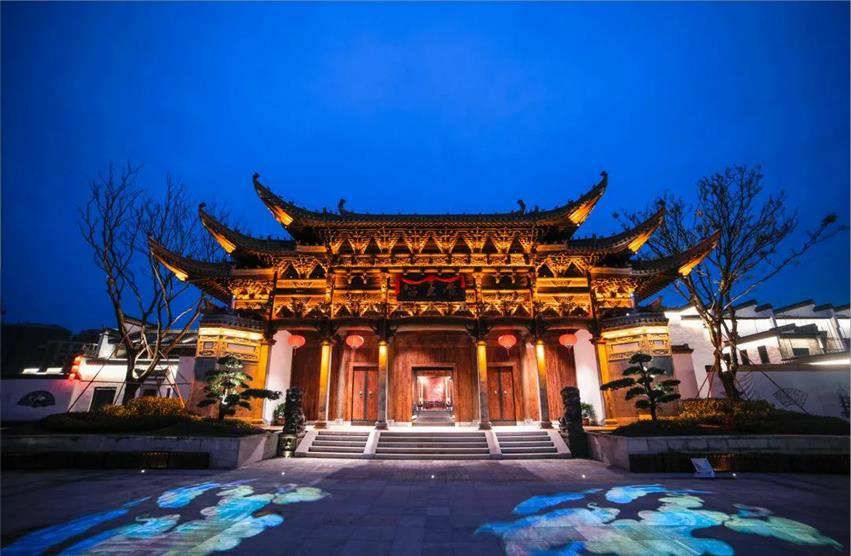
If the entire ancient town is a treasure map of Raozhou culture, then the Huai Palace is its finishing touch. In the first year of the Zhengtong reign of the Ming Dynasty, the first Prince of Huai, Zhu Zhanji, was stationed in Shaozhou Prefecture, Guangdong Province. Due to long-term discomfort with the southern climate, he moved his fiefdom to the prosperous and culturally rich state in his mind, and built the Huai Palace on Taoyuan Mountain, where the capital of Raozhou Prefecture was located. In order to recreate the glory of the Huai Palace in the past, the block is based on the five courtyard old house of Yao Wenran, the Minister of Justice during the Kangxi reign of the Qing Dynasty, and is modeled after the style of the Ming Dynasty royal palace, restoring the scene of the palace. The entire building covers an area of approximately 2000 square meters and is mainly constructed with wooden frames. The wood is connected by mortise and tenon joints, without a single nail. It was meticulously repaired by Huizhou craftsmen after more than 12 months of riveting and carving.
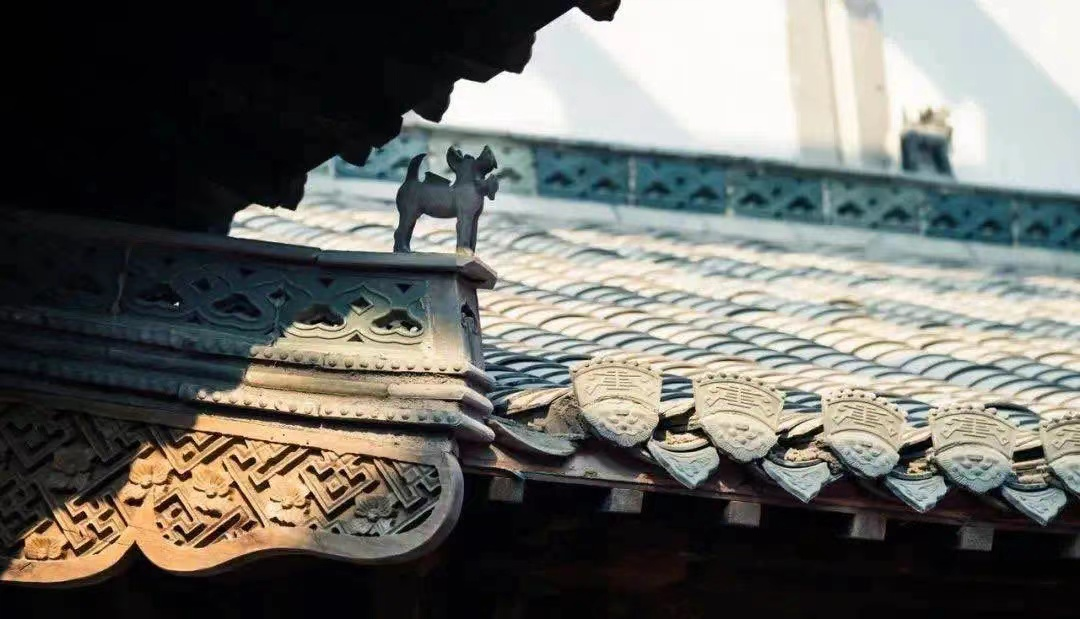
Based on the unique ancient architectural complex, the neighborhood excels in cultural display, experience, and inheritance. A number of national, provincial, municipal, and county-level intangible cultural heritage projects, represented by lacquerware, Gan opera, Poyang fishing drums, Poyang fishing songs, and Raohe opera, have received meticulous care here. The block showcases and inherits intangible cultural heritage through various forms such as "intangible cultural heritage+research and learning", "intangible cultural heritage+cultural and creative", and "intangible cultural heritage+performing arts". Through the use of textual exhibitions, combined with the display of physical props, multimedia videos, VR experiences, and other diverse means, we aim to explore the history of the Huai Palace.
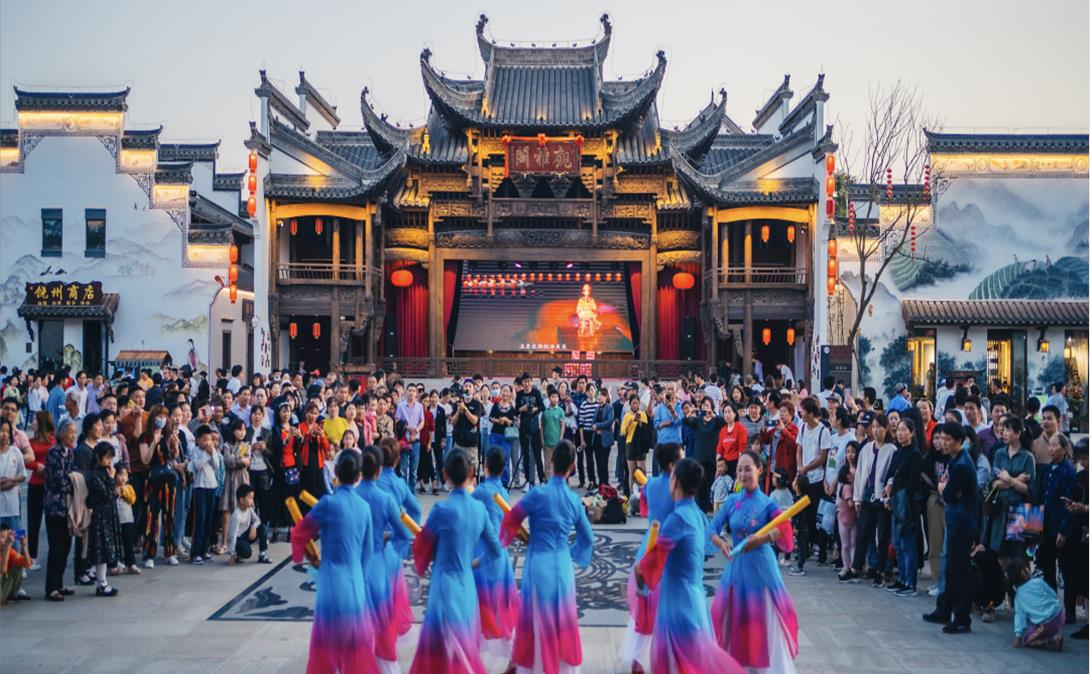
The exciting and diverse performances of Gan opera, intangible cultural heritage, and "Old Street with Opera" have revitalized Poyang's intangible cultural heritage. Around the integration of cultural, business, and tourism consumption formats, the neighborhood is striving to build a third living space that is ticket free, open, and offers full-time experience. Among them, the proportion of business formats with the theme of ancient Raozhou culture exceeds 40%.
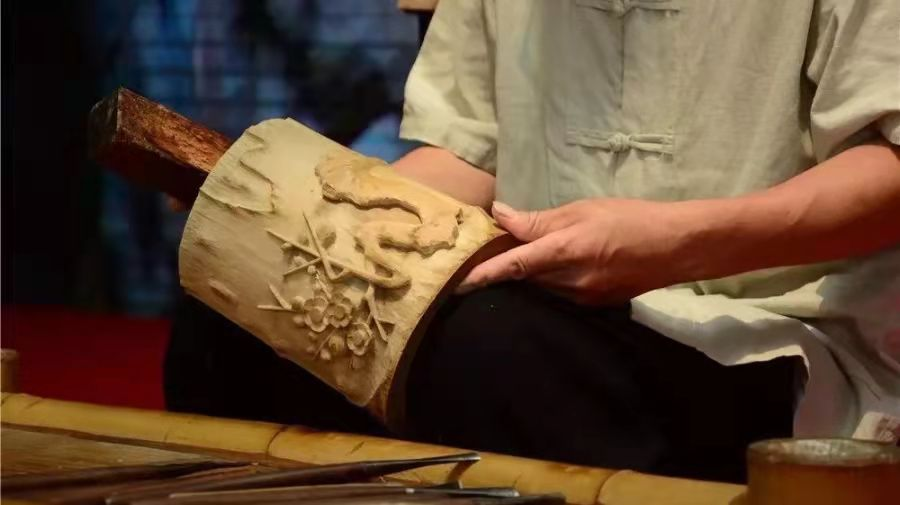
The block relies on Poyang Lake's characteristic agricultural products such as brewing, pastries, and snacks, as well as traditional crafts such as stone carving, jade carving, and bronze art from ancient Raozhou. It features garden style themed performances, large-scale immersive water curtain light and shadow shows, and other drainage projects, covering one-stop experiences such as food, accommodation, transportation, tourism, shopping, entertainment, business, education, etc., to create a block with rich business formats and a complete industrial chain in Poyang and surrounding areas. Make tourists willing to come in, stay in, and spend money, and ensure that more than 100 merchants have sufficient stores and good operations.
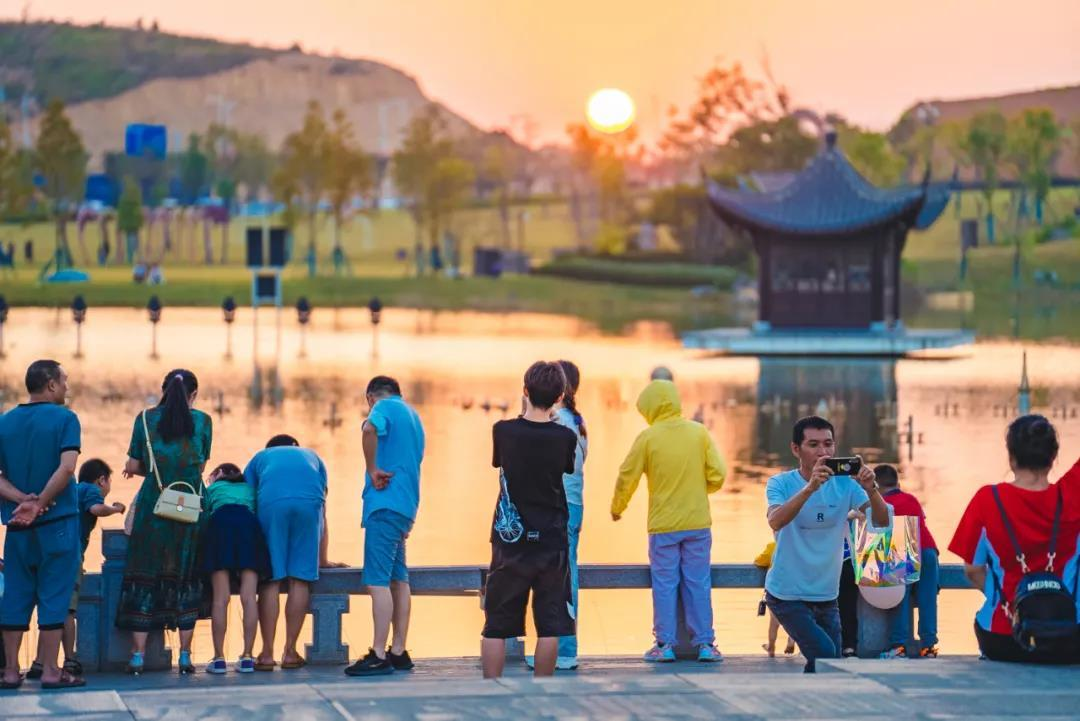
The heavens have bestowed great responsibilities, and a hundred refined tools have been created. The neighborhood always keeps in mind its social responsibility, promotes rural revitalization, and promotes common prosperity. Actively practicing the "Two Mountains Theory", protecting the ecological advantages of Poyang Lake area, and assisting in the transformation of industries and consumption upgrading in the lake area. Since its self raised construction, the block has directly provided more than 1800 employment opportunities and indirectly driven more than 4000 regional employment opportunities, achieving coordinated development between the block, community, and lake area, and achieving good economic, social, and ecological benefits.
In the future, the tourism and leisure district of Raozhou Ancient Town will continue to contribute to the tourism of Poyang, and provide a satisfactory answer to the integration of leisure and vacation at the provincial and national levels for Poyang tourism!


